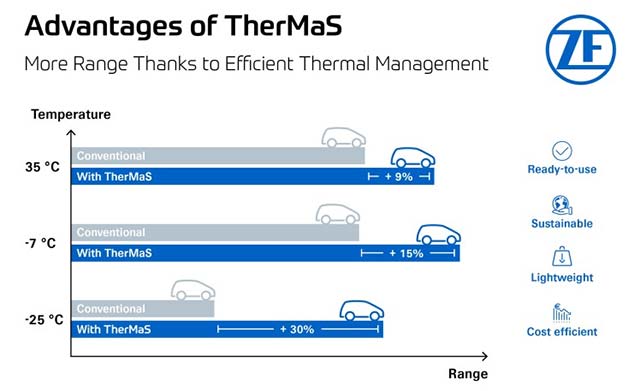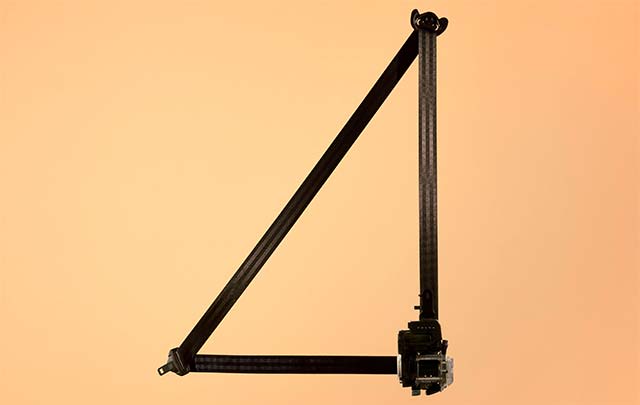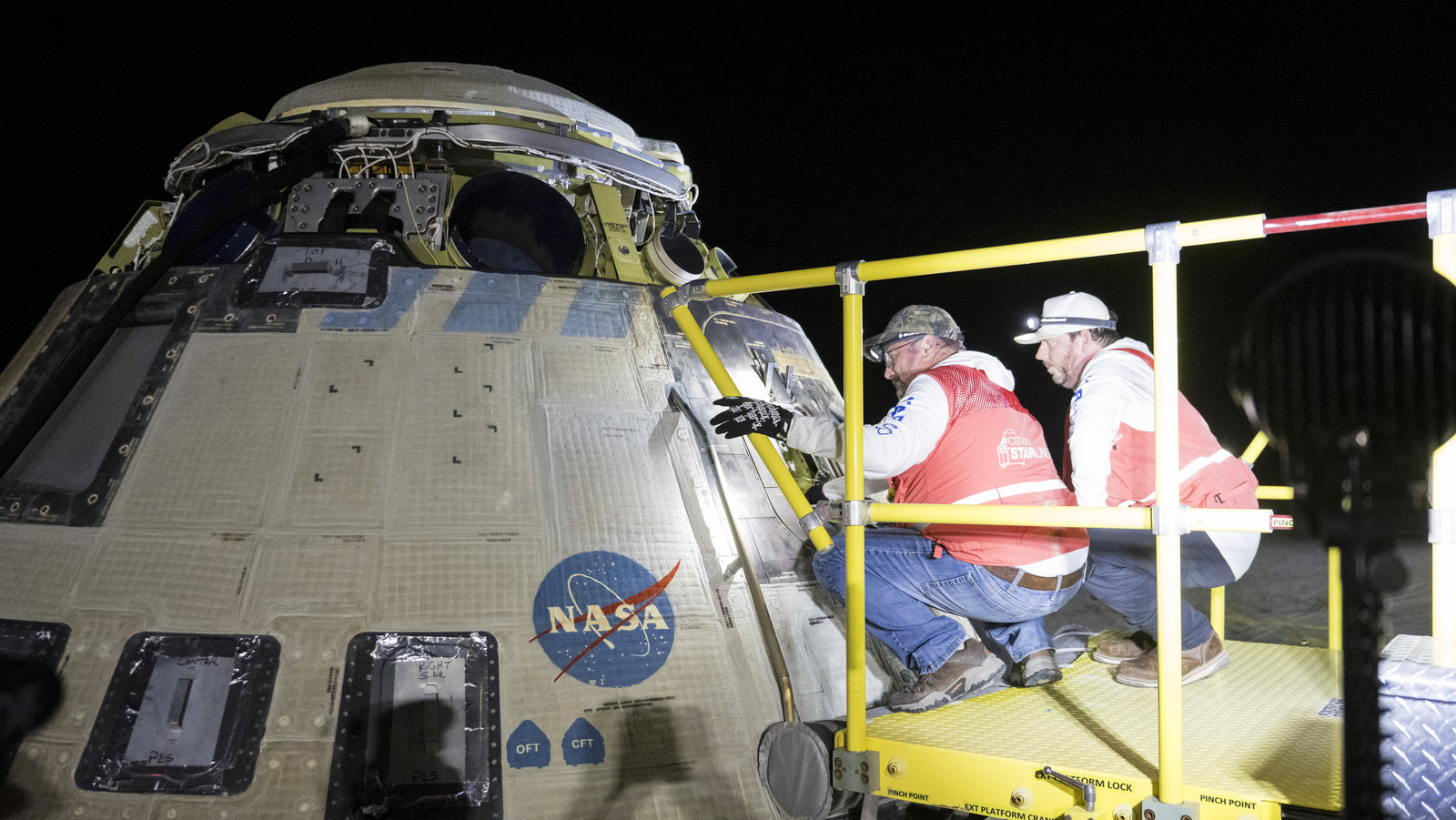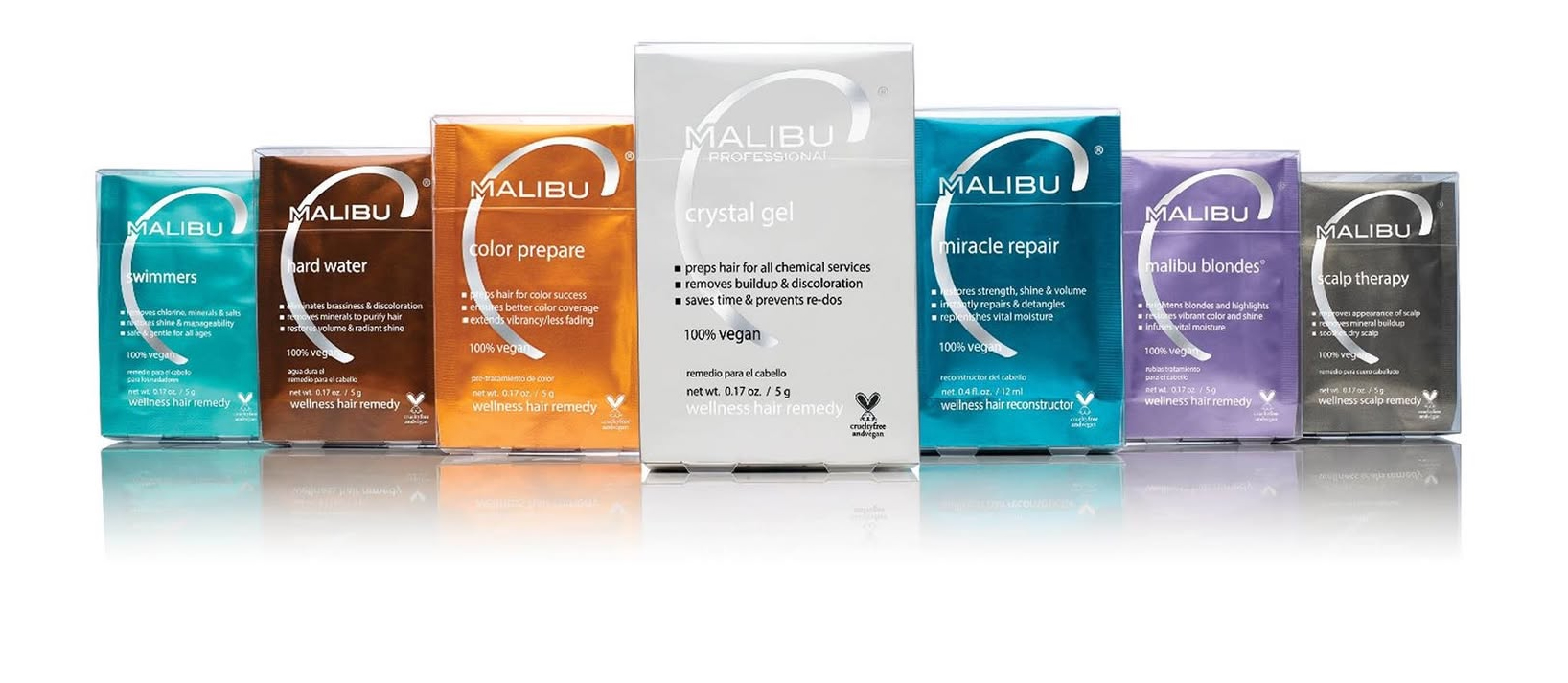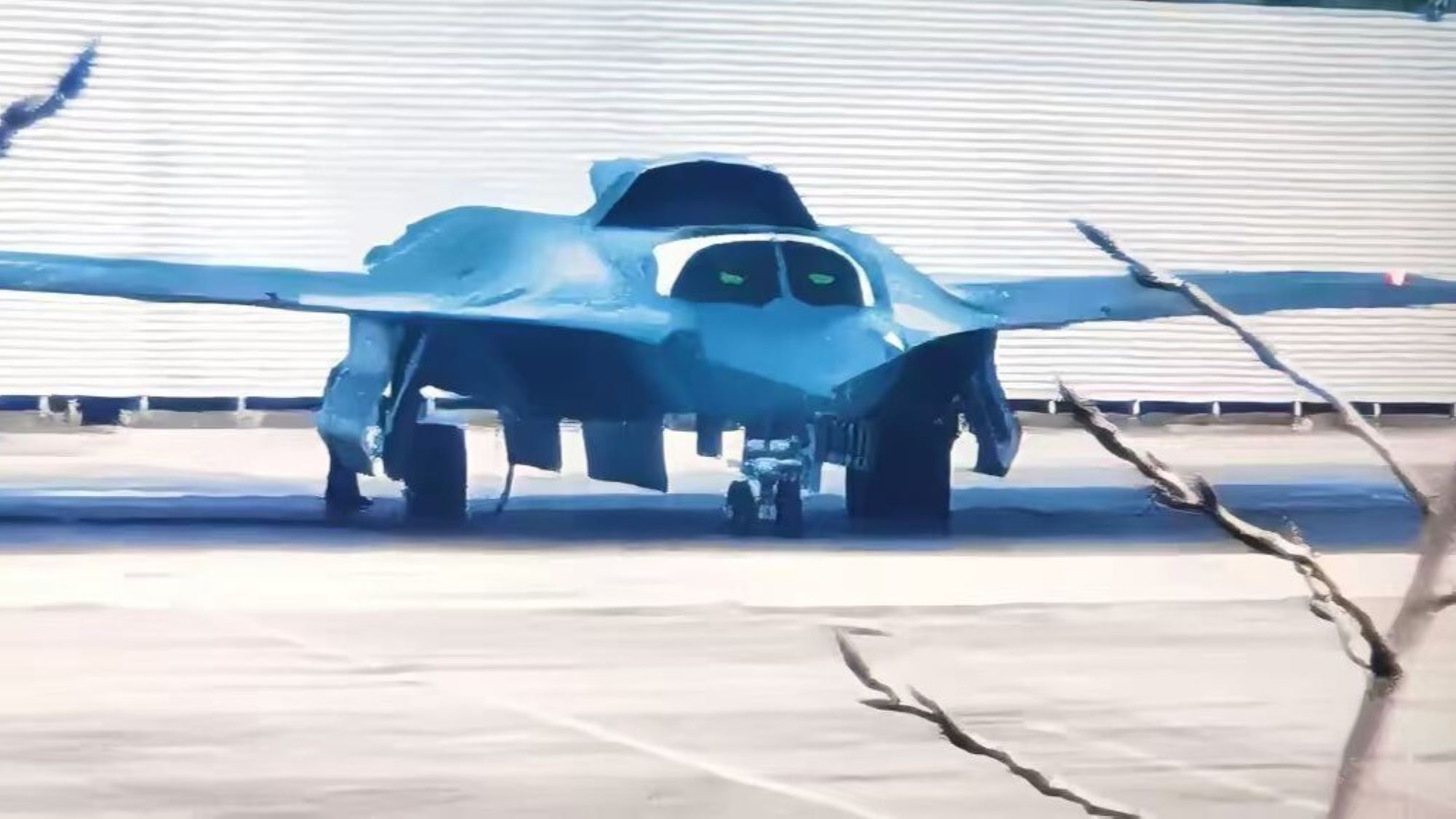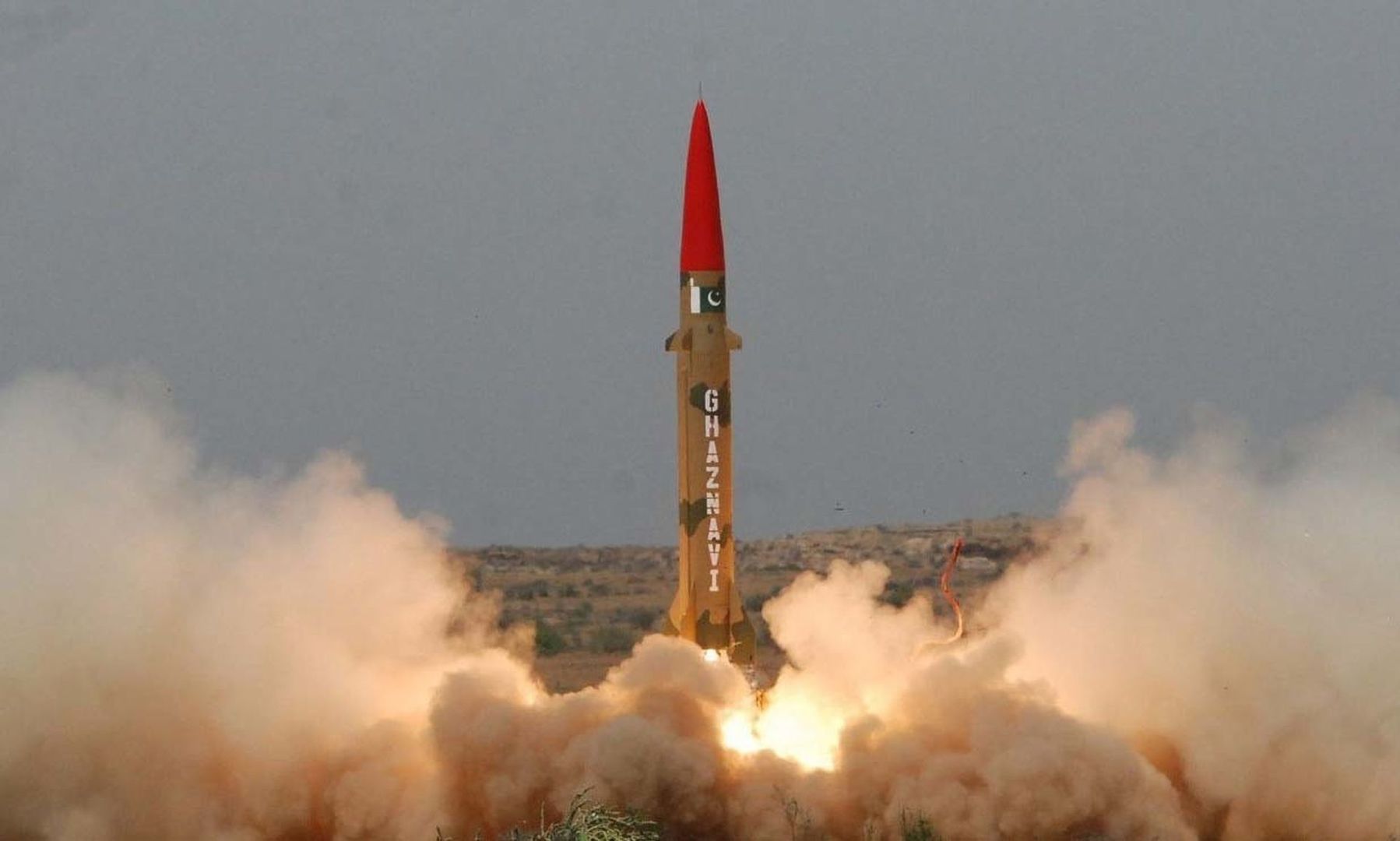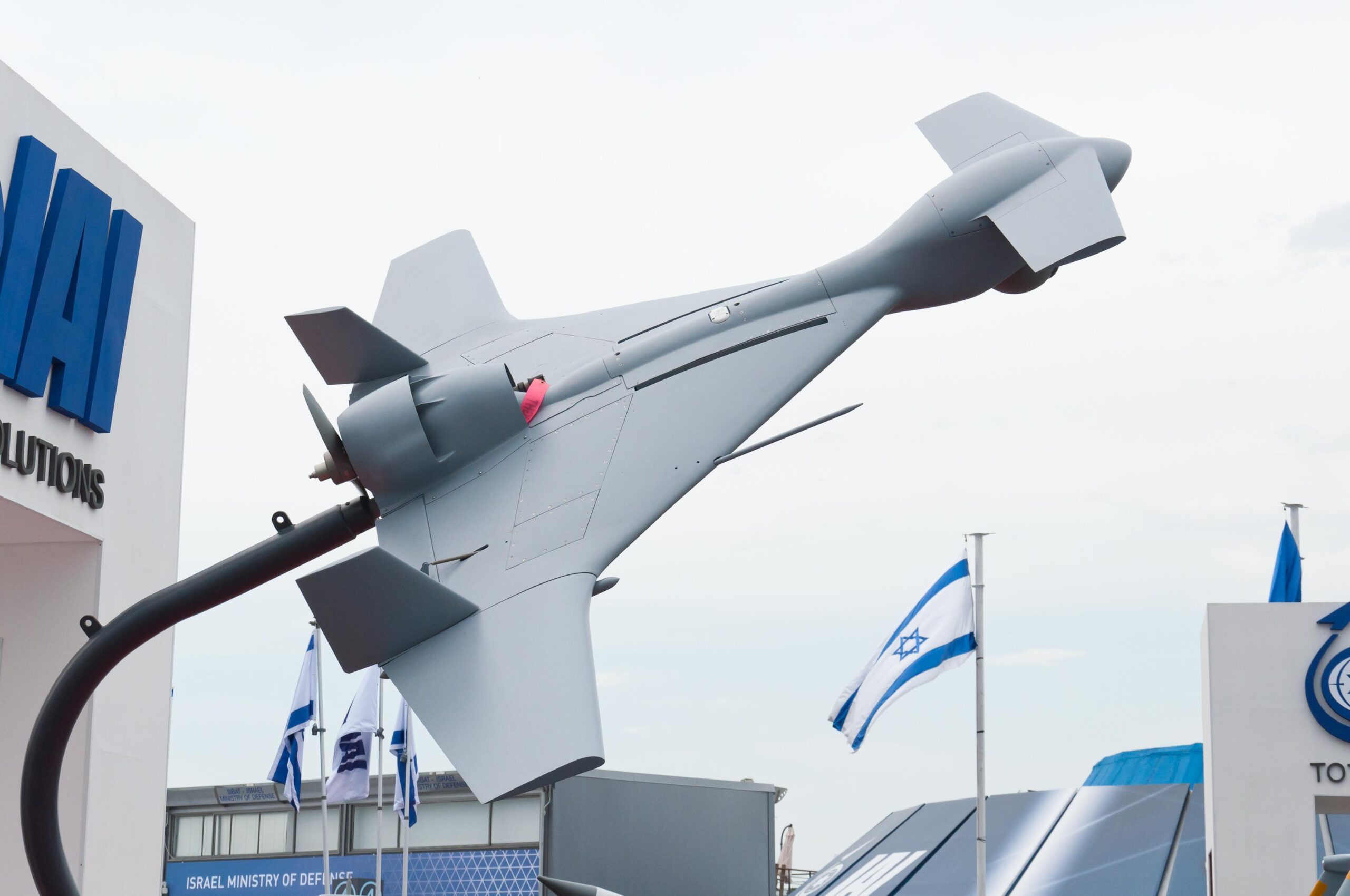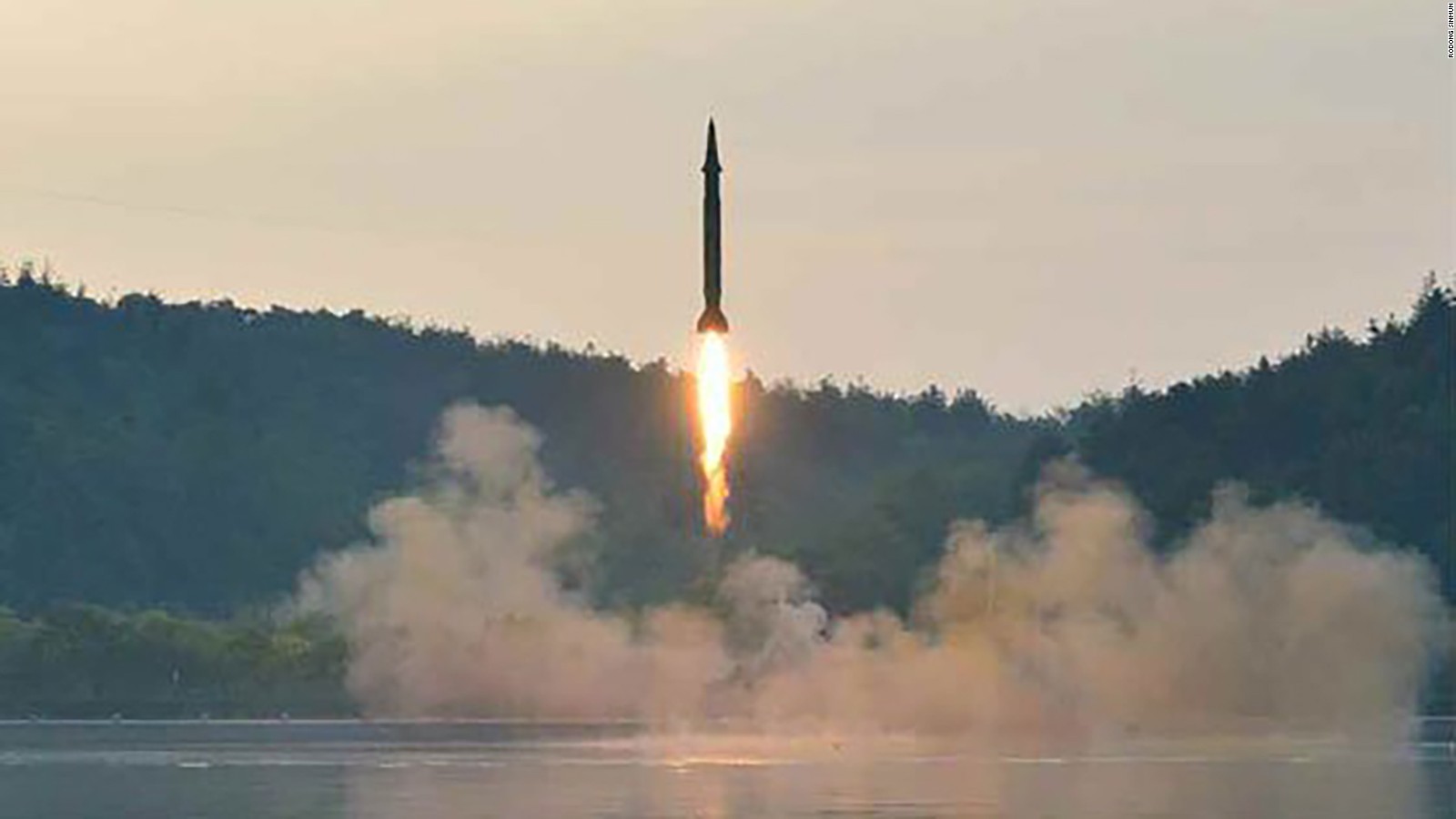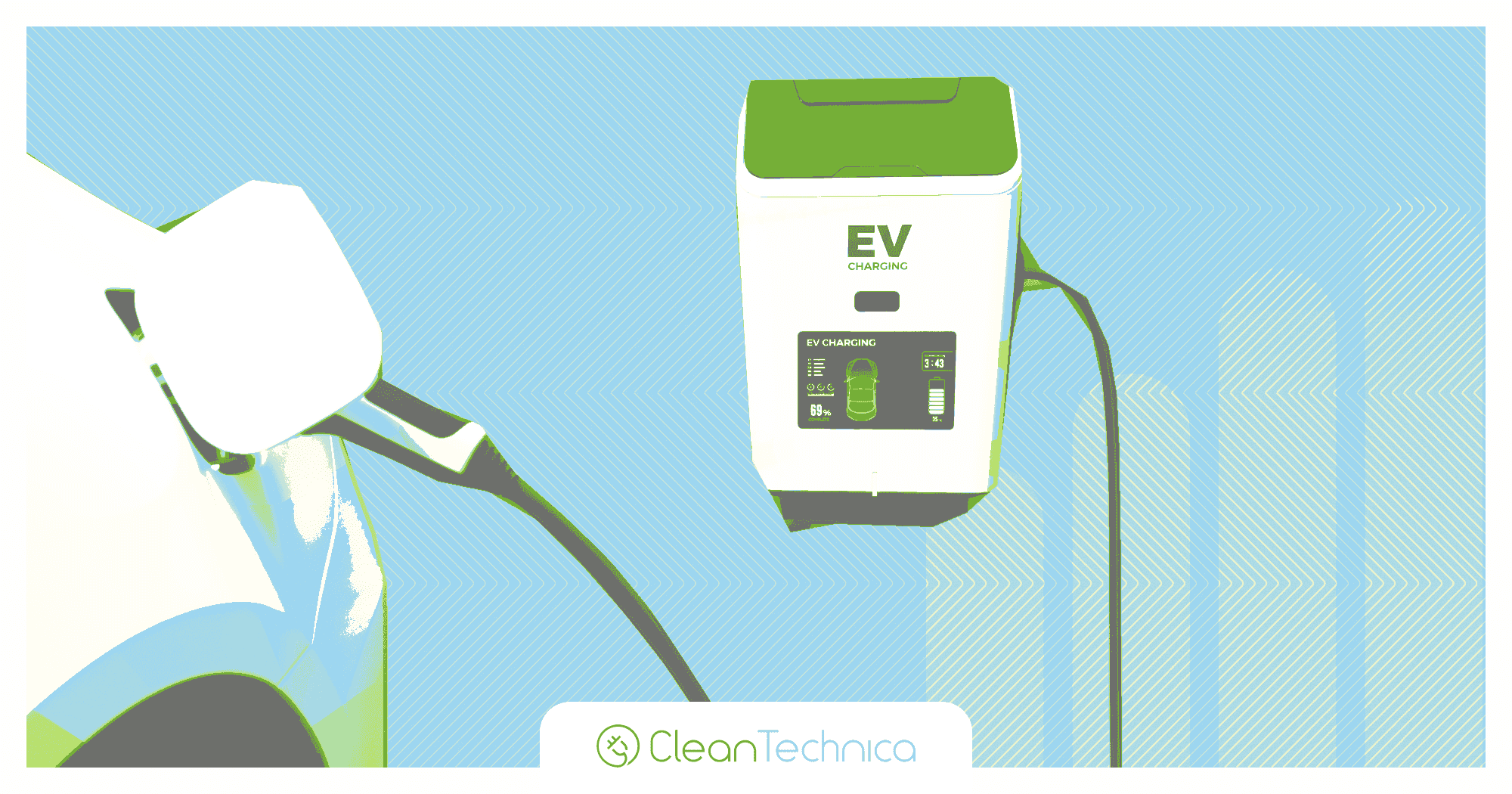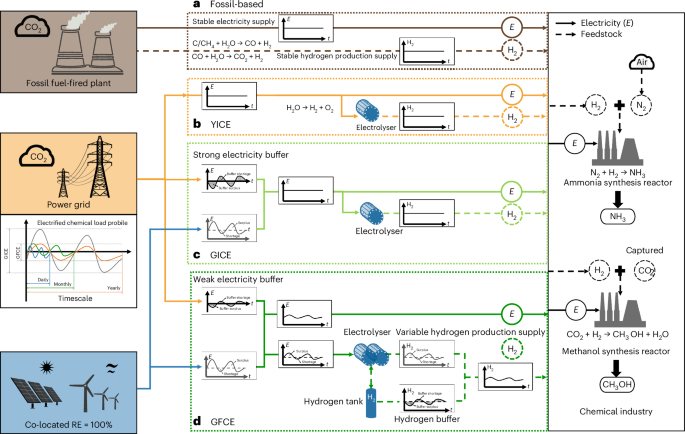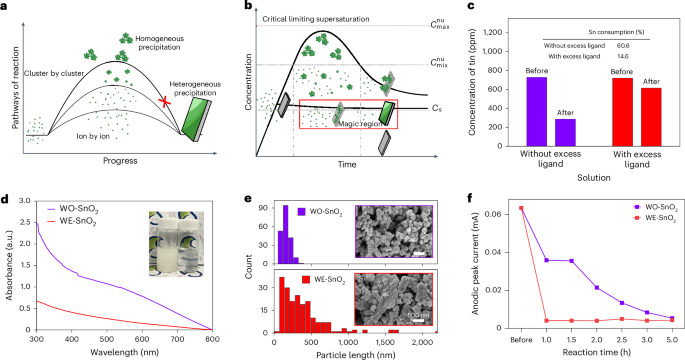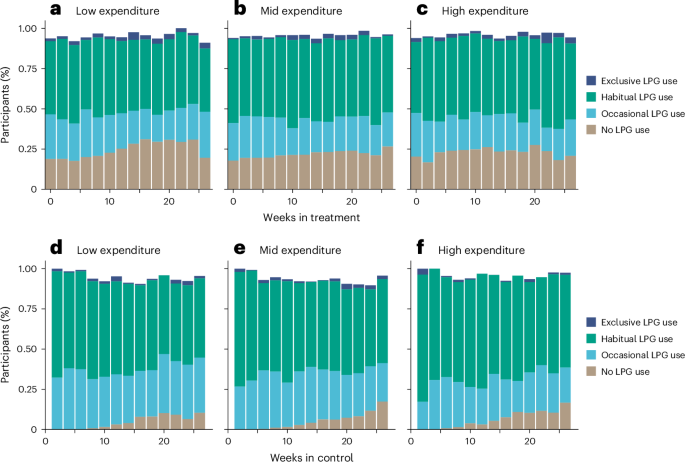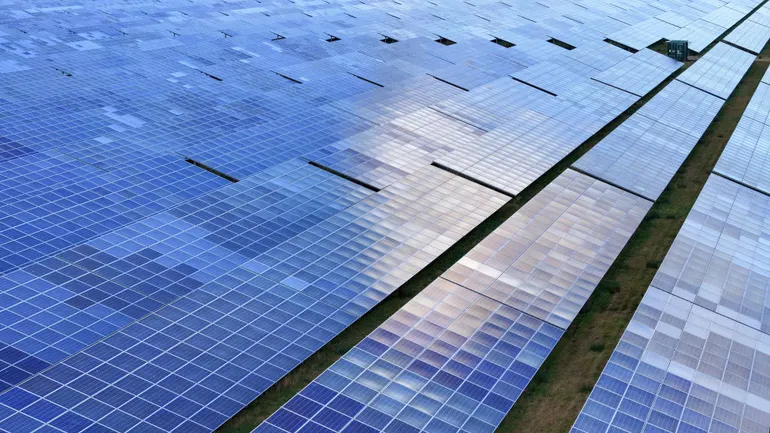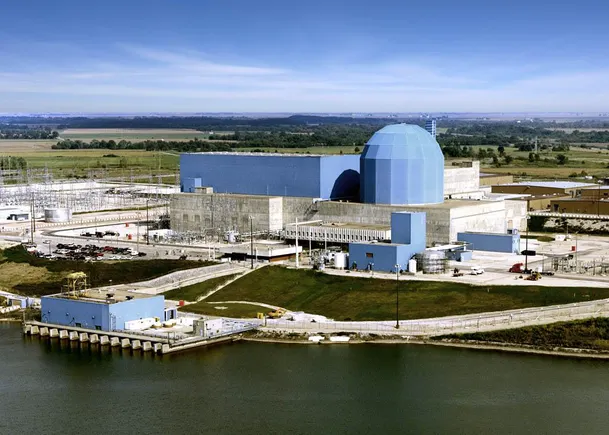Photocathode Materials for Li–O2 Batteries: Progresses and Perspectives
Advanced Energy Materials, Volume 15, Issue 21, June 3, 2025.

This review investigates the emerging paradigm of photo-assisted Li–O2 batteries (LOBs), wherein photocathodes absorb and convert light energy. It delves into the critical correlation between photocathode material design and key challenges in LOBs. The review also surveys recent advances in photocathode materials for LOBs and outlines future research directions for optimizing photocathode development and application in photo-assisted LOBs systems.
Abstract
Li–O2 batteries (LOBs), which possess immense theoretical energy densities, have been widely recognized as a promising technology to revolutionize electrochemical energy storage. However, the severe overpotential induced by sluggish redox reaction kinetics significantly hinders their practical application. To address this challenge, photocathodes have been incorporated into LOBs, leveraging photovoltage to compensate for charging voltages and achieve ultralow overpotential. Nevertheless, a comprehensive review of photocathode in LOBs is still lacking. This timely review aims to introduce the pivotal role of photo-assisted strategy in LOBs, and provides an updated overview of photocathode utilized in LOBs. After demonstrating the mechanisms of photo-assisted Li–O2 batteries reaction, research progress for the application of various photocathodes in LOBs is comprehensively reviewed. Special emphasis is placed on the critical correlation between photocathode material design and key challenges in photo-assisted LOBs, including reduced charging potential/improved discharging potential, alleviated electrolyte decomposition, suppressed photogenerated carrier recombination, broadened spectral response ranges, decoupled mass transport and electron transfer, and modulated charge/discharge mechanisms. Finally, future challenges and directions of photocathode material development and application in photo-assisted LOBs systems are reviewed. The current review provides important insight into photo-assisted cathode design as the state-of-the-art strategy for favorable reaction kinetics for high-performance LOBs.























